Cities of angels? 5 metropolises that could soon be killed by Mother Nature
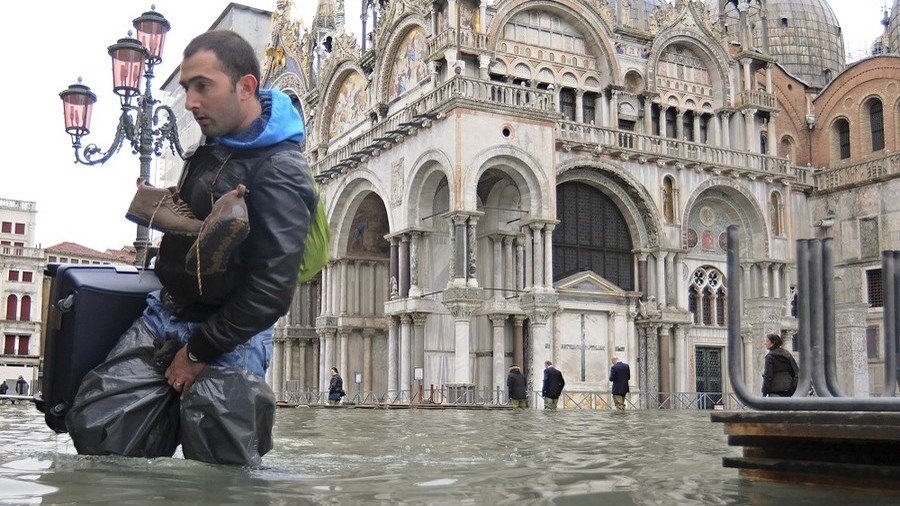
They may seem like impressive monuments to humanity’s control over Mother Nature but did you know that many of the world’s biggest and most famous cities are sinking into the sea?
Rising sea levels have put scores of cities at risk of being flooded out of existence. In many cases the city itself is also sinking, further adding to the danger.
Here’s five of the most imperilled cities.
Jakarta, Indonesia
Indonesia’s capital on the island of Java is home to 10 million people and has a whopping 13 rivers running through it. As much as 40 percent of the city is below sea level. The city also has the dubious title of the fastest sinking city in the world.
READ MORE: New strong quake hits Indonesia, levels buildings (VIDEO)
The extraction of groundwater and lax regulation has been been identified as two massive contributors to the sinking of Jakarta, as the removal of water from the ground causes it to subside.
Most of north Jakarta could be submerged by 2050. The area has sunk 2.5 meters (8.2ft) in the last decade and, in some parts, it is sinking by as much as 25cm a year.
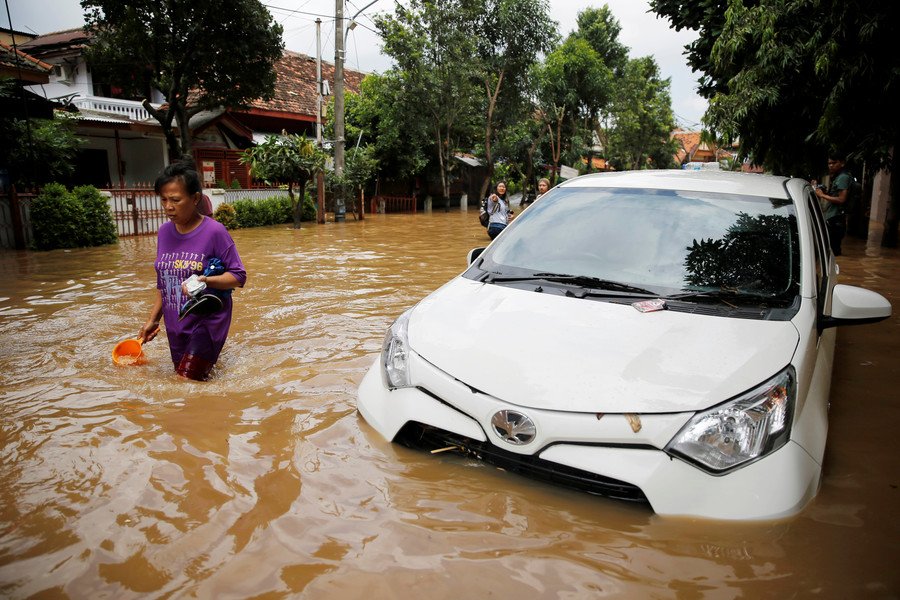
Venice, Italy
Italy’s picturesque tourist magnet is built on more than 100 islands and has a marshy foundation. The city stands on a bed of sediment at the mouth of the River Po, making it particularly vulnerable to flooding.
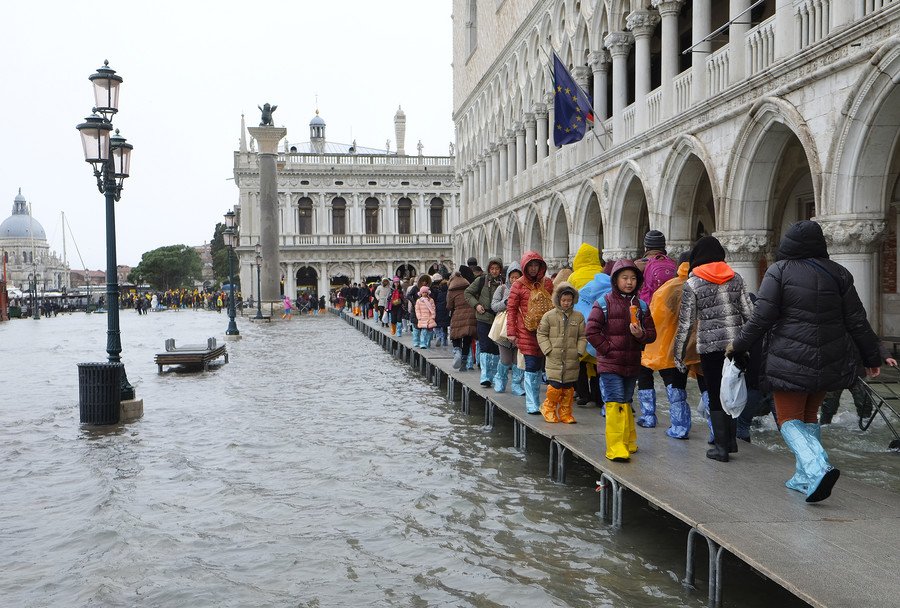
Several times each year photos showing submerged tables and chairs on the famous St Mark’s Square go viral. As flood waters colonize piazzas they eat away at the buildings that make the city famous.
The UNESCO World Heritage Site is flooded with tourists who also place a strain on the sewage and canal system. The city isn’t quite sinking but water is slowly creeping up around it’s buildings and they are becoming submerged.
New Orleans, Louisiana
Visitors to New Orleans would probably be surprised to learn that the city famous for its music, food and nightlife could soon be famous for its alarming rate of subsidence.
Until the 20th century the city was entirely above sea level, however, large chunks of it have now fallen below the water level of both the Mississippi River and Lake Pontchartrain. In some parts of the city, sinking is occuring at a rate of more than 5cm per year.
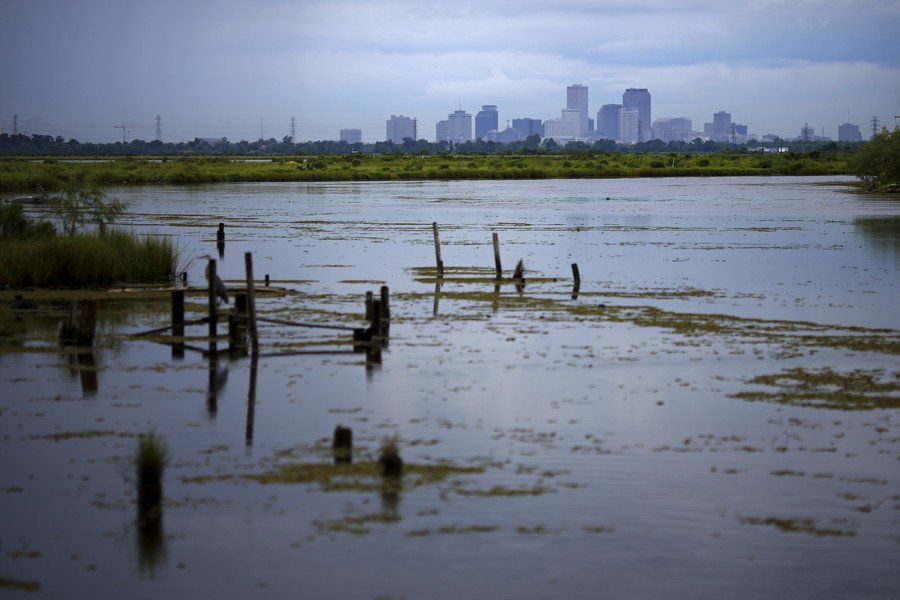
New Orleans has also seen the effects of groundwater pumping which leads to sinking. Almost half of the Louisiana city is below sea level, thanks to an engineering error that drained water from parts of the land, allowing people to build there. The draining caused air pockets in the ground, which eventually led it to sink. By the 1930s, one third of the city sank below sea level, and by the 2000s, it was almost half.
Dhaka, Bangladesh
Extensive groundwater extraction is also wreaking havoc with Bangladesh’s most populated city, putting it at risk of flooding as the earth beneath gradually disappears.
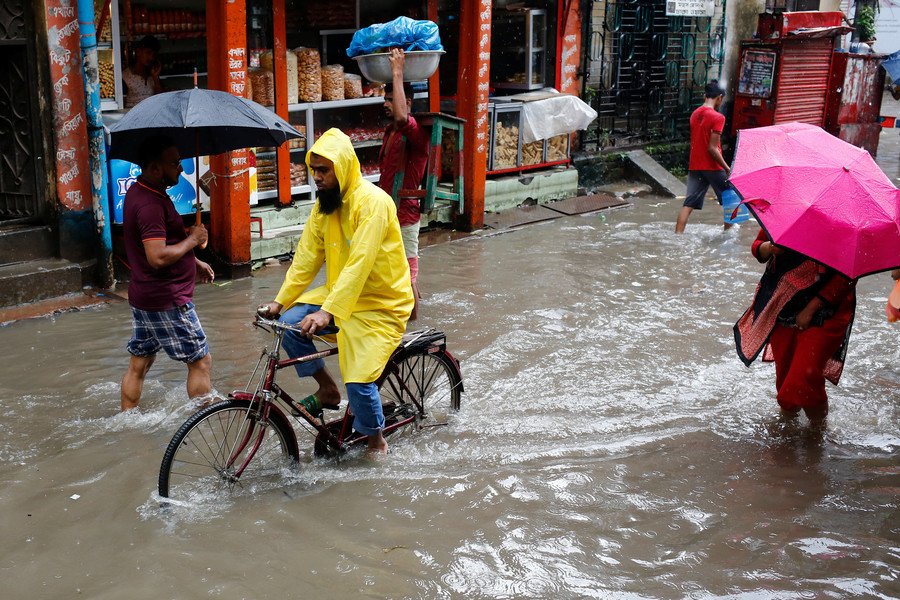
The city gets around 90 percent of its water supply from the ground, and the demand is so great that shortages are an issue during summer months.
Dhaka is home to an estimated 18 million people, many of which are Bangladeshis who have fled coastal areas that are already experiencing rising sea levels and extreme floods.
Ho Chi Minh City, Vietnam
The city once occupied by US forces is now facing a new invader – slowly advancing water. Built on the sprawling Mekong Delta of rivers and swamps, Ho Chi Minh City has sunk nearly half a meter in 25 years.
READ MORE: Internet in awe of Vietnam's gobsmacking 'handheld' bridge (PHOTOS, VIDEOS)
Some districts in Vietnam’s capital are sinking at a rate of more than 1cm per year. Once again, this is as a result of overuse of groundwater but rapid urbanization has also played a significant part as it exerts pressure on the ground and stops rain reaching underground aquifers.
In coastal areas, the over-exploitation is leading to the spread of saltwater. This intrusion is killing plants and hampering farming.
Like this story? Share it with a friend!














